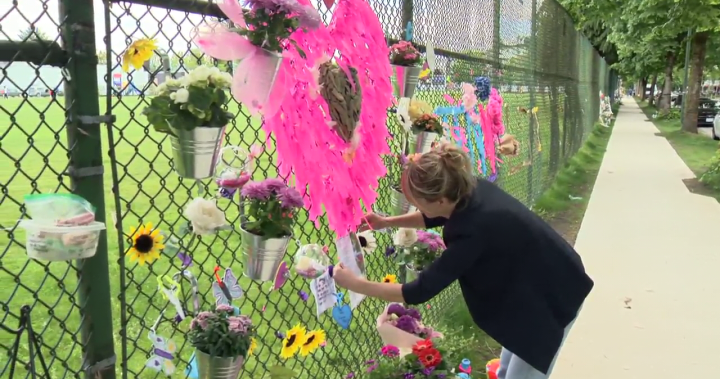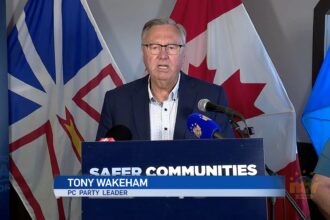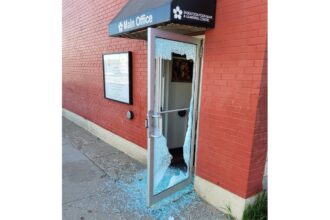In the wake of last year’s tragic crowd surge at the Lapu-Lapu Music Festival that claimed four lives, British Columbia has released a comprehensive safety framework aimed at preventing similar disasters at future events. The 76-page report, developed through extensive consultation with industry experts and stakeholders, marks a significant shift in how the province approaches large-scale event management and public safety.
The new framework, unveiled Thursday by Public Safety Minister Mike Farnworth, establishes clear roles and responsibilities for event organizers while creating standardized procedures for emergency response at major gatherings. “No one should attend a festival or large event and not come home,” Farnworth stated during the announcement in Victoria. “This framework is about ensuring the safety of British Columbians and visitors to our province while preserving our vibrant events industry.”
Last August’s tragedy at the Lapu-Lapu Festival in Kelowna served as a sobering catalyst for regulatory change. The four victims, all between 25 and 35 years old, were crushed during a sudden crowd movement at the electronic music event. According to CO24 News investigations, the festival had inadequate crowd control measures and insufficient emergency evacuation protocols.
The new framework addresses these critical gaps by mandating site-specific safety plans, capacity limits based on venue assessments, and standardized training for security personnel. Most significantly, it creates a provincial oversight body with enforcement authority—a direct response to what many safety experts described as regulatory confusion following last year’s incident.
Industry reaction has been cautiously positive. Sarah Martinez, director of the BC Event Producers Association, told CO24 Canada that the framework strikes “a reasonable balance between necessary oversight and operational flexibility.” However, smaller event organizers have expressed concerns about implementation costs, with some estimating compliance expenses could increase operational budgets by 15-20%.
The framework’s economic implications extend beyond safety considerations. British Columbia’s festival industry generates approximately $950 million annually and supports thousands of jobs across the province, according to CO24 Business analysis. Tourism officials have emphasized that enhanced safety standards could ultimately strengthen the sector’s reputation and attractiveness.
International comparisons suggest BC’s approach aligns with emerging global standards. Similar frameworks implemented in the United Kingdom after the 2017 Manchester Arena bombing have been credited with preventing several potential incidents. Safety expert Dr. James Wilson from the University of British Columbia noted that “proactive regulatory frameworks consistently outperform reactive measures in preventing mass casualty events.”
Implementation will occur in phases, with major events required to comply beginning in April 2025. The province has committed $3.7 million to support transition costs, particularly for smaller community festivals. Training programs for venue operators, emergency services, and event staff will begin this summer.
For the families of those lost at Lapu-Lapu, the framework represents a bittersweet development. Maria Gonzalez, who lost her daughter Sofia in the tragedy, told reporters the changes come “too late for our loved ones, but hopefully in time to save others.” The families continue to pursue legal action against the festival organizers and various government agencies, with proceedings expected to begin this fall.
As British Columbia’s festival season approaches, the question remains: will these new measures adequately address the complex challenges of crowd management in an industry where excitement and safety must coexist? Only time—and rigorous implementation—will tell if the painful lessons of Lapu-Lapu truly transform how we gather to celebrate.









